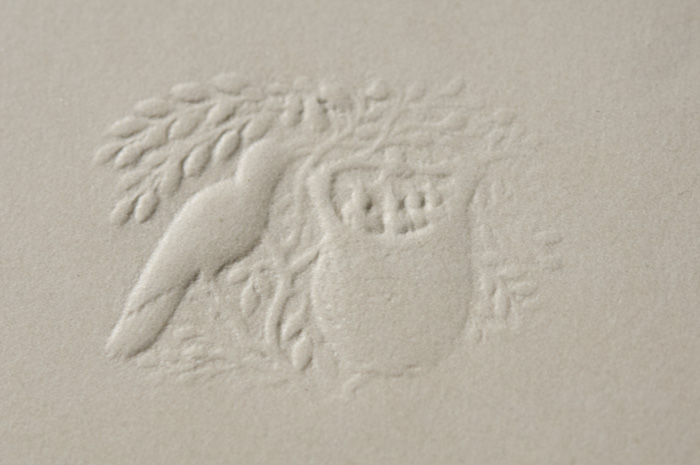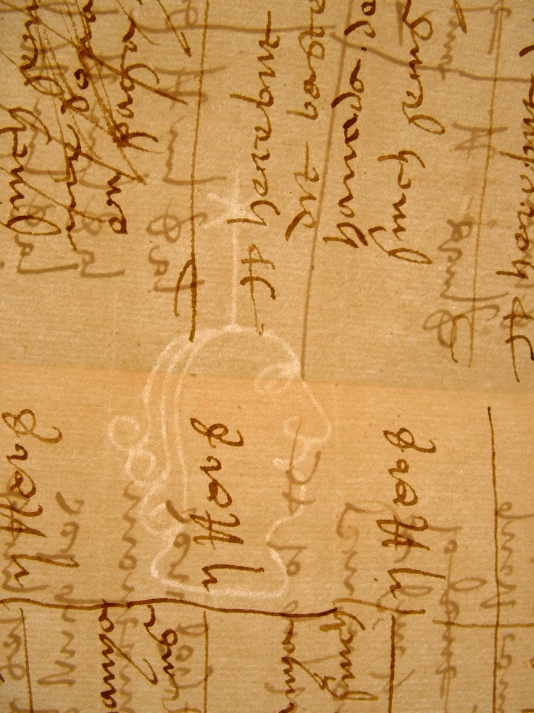
Karen L. Pavelka

 Karen L. Pavelka |
 |
| Home |
Portfolio |
Teaching |
About |
| About Me |
pavelka@ischool.utexas.edu |
| Intro |
I am a collections conservator and
educator who has worked with libraries, archives and
museums in a variety of roles. Cultural
artifacts, those in museums, libraries and personal
collections, define what we hold important in a society
and embody our collective past. Taking care of
these objects is everyone's responsibility, but
conservators have unique perspectives that can help guide
those efforts and the skills to intervene when needed. Collaboration is
the key to success. |
| Teaching |
I have taught classes that focus on lab
techniques; the physical and chemical structure of
materials; recovery techniques; risk assessment; the
future of conservation; and others. In all these
courses I try to foster a close integration between
conservation and the other areas related to information
studies. I am
happy to teach basic conservation skills to students who
will ultimately work as archivists, librarians, and
curators but also data analysts, children's librarians and
all the areas covered in the School of Information. I strongly
disagree with the idea that conservation treatment methods
and techniques should be kept secret to all but
conservation professionals. |
| Current Projects |
Disaster recovery I am concerned with disseminating
freely available and easily understood and interpreted
information to small institutions that are not likely to
have any conservation or preservation staff. I've responded
to several major disasters, and time after time have seen
objects discarded that might have been saved, even if not
in pristine condition, with only minimal intervention. Capturing conservation treatment
techniques As an expansion of conservation
treatment documentation I have begun to develop protocols
to video hand movements during conservation treatment. Recording the
techniques will allow the curator or owner to better
understand the exact processes used during treatment;
provide a visual record of current conservation practices;
and serve to compare techniques among conservators. |
| Last updated 2013 |
Home |
Portfolio |
Teaching |
About |